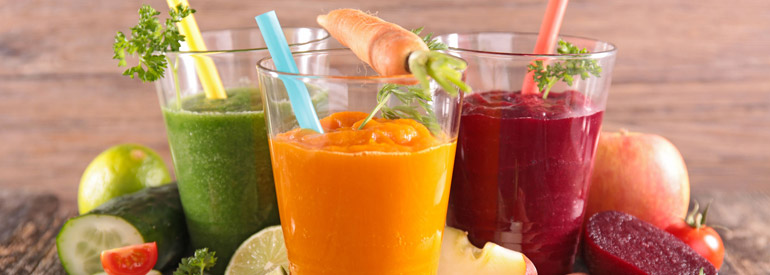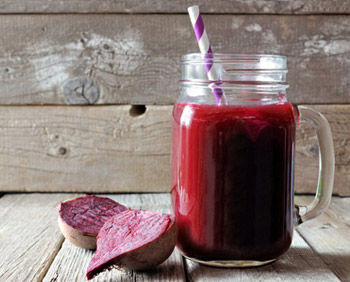
Centrifuged or extracted, attention to nutrients

Summer is the season in which the consumption of drinks increases considerably.
The choice of centrifugation and extracts has long prevailed over ready-to-drink drinks, which are often carbonated and very sugary. But on what factors should we direct and concentrate the choice because our health, as well as our thirst and taste, benefit from these drinks?
First of all, the difference between centrifuged and extracted must be clarified. The centrifugate is the result of separation by centrifuge, a household appliance that works at 6000 and 18000 rpm, of the liquid part from the solid part of the plants used. The centrifugal grinds and then by centrifugal force, pushes the shredder towards a filter with a very small texture and separates the liquid from the solid. The centrifuge, due to the speed of separation, produces heat that can act as an oxidant on the micronutrients of vegetables. It also has an abundant waste and a lower yield, because all the vegetable fibers are discarded in the centrifugation operation.
The extract is instead obtained with the extractor, a household appliance that “chews” the vegetables until the juice is extracted slowly, producing drier and less abundant waste compared to the centrifuge, working slowly. The extractor has a speed of 40-100 revolutions per minute, does not produce heat and therefore better protects the micronutrients of the plants used. Obviously, it will take longer to get the extract, about 20 minutes.
Ginger-scented summer extract
Today we propose an extract for breakfast, prepared using seasonal vegetables and fruits, a spice, ginger, which gives it a touch of spicy pleasant on the palate and brings precious antioxidants and dried fruit to make good fats and break down the glycemic index of our product. The advice is always to prefer a higher percentage of vegetables than the fruit used, to contain the glycemic load, ie the amount of sugar in the product.
Recipe
Ingredients (2 People)
- red beetroot 150g
- cucumber 200g
- ginger 10g
- hazelnuts 20g
Soak the hazelnuts with a little water for about 6 hours before preparation and keep aside.
Wash the beetroot well, peel the cucumber and cut everything into pieces, dividing the two vegetables into two different bowls.
Insert the vegetables alternate them by type, then mix them in the container. Proceed to the extraction. In the middle of the process, add the peeled ginger slice and continue the extraction. At the end of the operation, add the hazelnuts with their soaking water and continue the extraction.
Once all is finished, pour into a glass and drink within a few minutes.
What to do with the waste: the processing waste can be add to the yogurt on the breakfast meal.
Nutritional values for recipe and portion
| Kcal | Proteins g |
Carbs g |
Sugars g |
Fats g |
Saturated g |
Mono- unsaturated g |
Poli- unsaturated g |
Fibers g |
|
| Red beetroot | 64,5 | 2,41 | 14,34 | 10,14 | 0,25 | 0,04 | 0,048 | 0,009 | 4,2 |
| Cucumber | 30 | 1,3 | 7,26 | 3,34 | 0,22 | 0,074 | 0,01 | 0,064 | 1,0 |
| Ginger | 8 | 0,18 | 1,77 | 0,17 | 0,07 | 0,02 | 0,01 | 0,01 | 0,2 |
| Hazelnuts | 62,8 | 1,49 | 1,6 | 0,34 | 6,0 | 0,44 | 4,56 | 0,79 | 0,97 |
| Total per recipe | 165,3 | 5,38 | 24,97 | 13,99 | 6,54 | 7,11 | 4,62 | 0,87 | 6,37 |
| Total per portion | 82,65 | 2,69 | 12,48 | 6,99 | 3,27 | 3,55 | 2,31 | 0,43 | 3,18 |
Article by:
Dr.ssa Nicoletta Bocchino – Nutrizionist
The diet advises, written in the article, are not intended to be a substitute for a personal nutrition plan and should be adapted to specific cases.
Photo: 123RF Archivio Fotografico: 36428743 ©margouillat/123rf.com | 74828794 ©Jennifer Barrow/123rf.com
- On 26 July 2019




